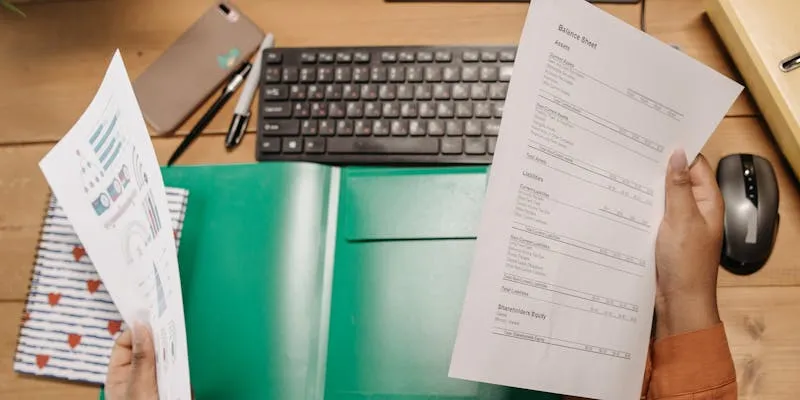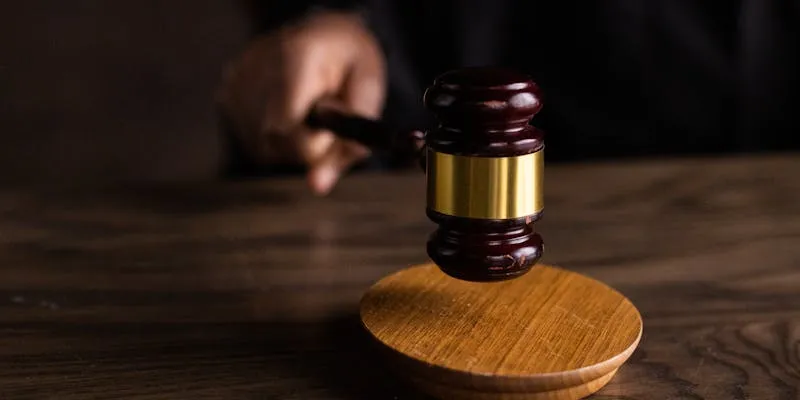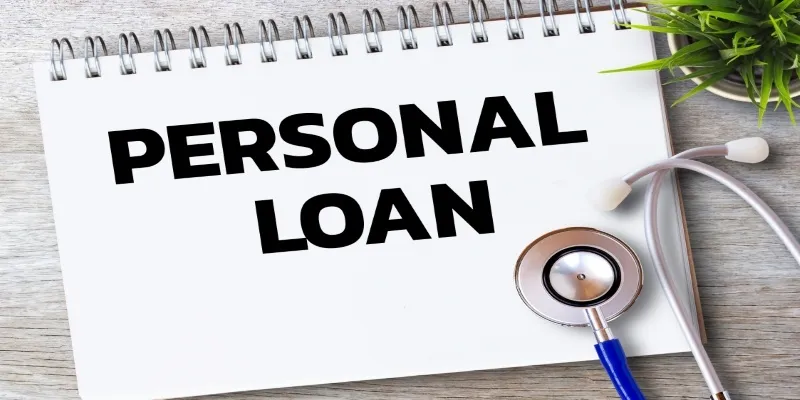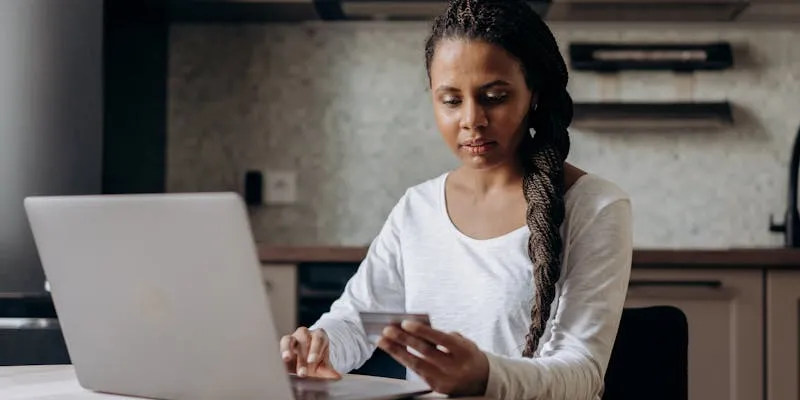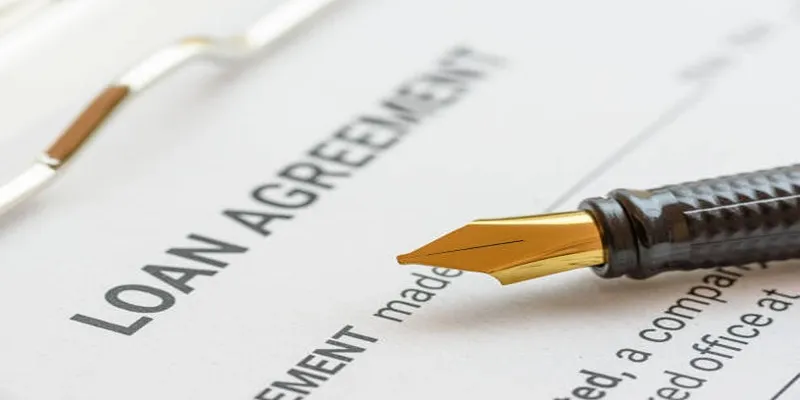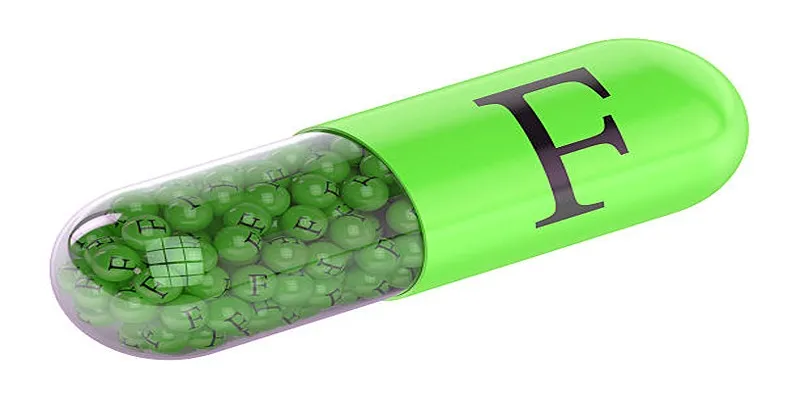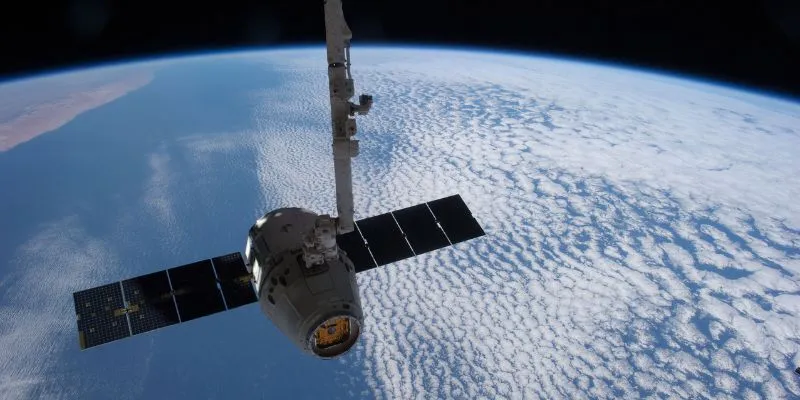Personal checks are small slips of paper used to transfer funds from one
account to another. Although they might seem old-fashioned in today’s digital
age, they remain a cornerstone of many people’s financial dealings.
Understanding what personal checks are, how they work, and when to use them
can help both seasoned individuals and newcomers manage their finances
effectively. This guide delves into the basics of personal checks and how they
are applied in today’s banking world.
The Essentials of the Personal Check Explained
How Does One Define
a Check?
A personal check is a tool for transferring money from one bank account to
another individual or business. It is a written directive to the bank to pay a
specified amount of money to the individual or business the check is addressed
to. Personal checks are typically included with checking accounts and serve as
an alternative to carrying cash.
Anatomy of a Personal Check
To understand how personal checks work, it’s essential to know their
components:
- Account Holder Information: Name and address are at the top.
- Check Number: The number that identifies each check in your checkbook.
- Date Line: Where you write the date you are issuing the check.
- Payee Line: Who you are paying.
- Amount Box: The numerical amount of the payment.
- Amount Line: The amount of the payment written out in words.
- Memo Line: An optional field to note the payment’s purpose.
- Signature Line: Where you sign to authorize the payment.
- Bank Information: Your bank’s name and address.
- Routing and Account Numbers: Essential for processing the payment.
How Personal Checks Function
Writing a check is essentially a promise to pay. The check acts as a legal
document instructing your bank to pay the named payee from your account. When
the payee cashes or deposits the check, their bank requests your bank to
verify and transfer the funds. This process, known as check clearing,
typically takes several business days.
Key Components of a Personal Check
Account
Information
Account information is located at the top of each personal check. This section
usually includes the account holder’s name and address, preprinted in the
upper left corner. The name and logo of the bank are also typically
preprinted, identifying the check’s originator and the account holder’s
address.
Check Number
Each check is assigned a unique number, usually located in the upper right-
hand corner. This number serves three purposes: it helps you track your
checks, allows the bank to process your checks in the order they are written,
and assists in reconciling your account statements. It is crucial to know your
check numbers to quickly identify fraudulent or lost checks.
Date Line
Date Line: This is where you write the current date or, in some cases, a
future date for cashing the check. It is typically found at the top right of a
check, next to the check number. The date is crucial because it specifies when
the check was made and when it can be cashed or deposited.
Payee Line
The “Pay to the Order of” line is where you write the name of the person or
entity you are paying. It’s important to fill this out accurately to ensure
the check reaches the correct recipient. If you are unsure of the exact name,
it’s best to ask the payee for the correct information to avoid processing
issues.
Amount Fields
Personal checks have two fields for the payment amount: one numeric and one
written out in words. The numeric field is typically in a box on the right
side of the check, while the written field is on a line below the payee. These
dual fields provide extra security against errors or tampering. If the amounts
do not match, banks usually consider the written amount as the official
payment amount.
How to Write a Personal Check Correctly
Writing a personal check may seem daunting at first, but once you understand
the components, it’s a straightforward process. Follow these steps to ensure
you’re filling out your check accurately and securely.
Write the Date
Start by dating the check in the top right corner. This provides both you and
the recipient with a reference of when it was written. You can use a format
like “MM/DD/YYYY” or spell out the month for clarity.
Write the Name of the Payee
On the line labeled “Pay to the Order of,” write the full name of the person
or organization you’re paying. If you’re unsure of the correct name, ask the
payee, as an incorrect name might prevent the check from being cashed or
deposited.
Write the Amount in Numbers
In the box to the right, write the amount you’re paying in numbers. For
example, “$250.00” represents two hundred fifty dollars. Make sure to start
writing close to the dollar sign to prevent unauthorized alterations to the
amount.
Write Out the Amount in Words
On the line beneath the payee’s name, write the dollar amount in words. For
cents, write them as a fraction over 100. Example: “Two hundred fifty and
00/100.” This step helps prevent errors or fraud.
Memo (Optional)
On the bottom left, there is a “Memo” or “For” line. While optional, it’s a
good idea to note the payment’s purpose, such as “June Rent” or “Invoice
#1234.”
Signature
Finally, place your signature on the bottom right corner line. Your signature
authorizes the bank to release the funds, so ensure it matches the one on file
with the bank.
Pros and Cons of Using Personal Checks
Personal checks remain a popular payment method today. Understanding their
pros and cons can help you decide when to use them.
Advantages of Personal Checks
Personal checks offer several advantages. They leave a paper trail of your
transactions, which can help with record-keeping and budgeting. Checks also
allow you to mail payments, making them convenient for bill payments or money
transfers to recipients far away.
Cons to Consider
While personal checks have benefits, they also come with disadvantages.
Processing checks often takes longer than electronic payments, which can be
inconvenient if immediate payment is needed. There’s also the risk of checks
being lost in the mail or stolen, leading to fraud or identity theft.
Personal Check Uses
Despite these disadvantages, personal checks can be useful in certain
situations. They are ideal for paying rent, donating to charities, and giving
cash gifts to friends and family. For individuals uncomfortable with digital
banking, checks offer a familiar and tangible way to manage money.
Conclusion
Personal checks are valuable for individuals seeking to better understand
personal finance. While digital payments continue to rise, checks still have a
place in specific financial transactions. By learning about the components of
a check, how to write one correctly, and how to enhance their security, you
can confidently use this traditional payment method when necessary. Stay
informed and make wise financial decisions for long-term financial health and
goals.
